The HYPEBEAST Guide to Sneaker Photography

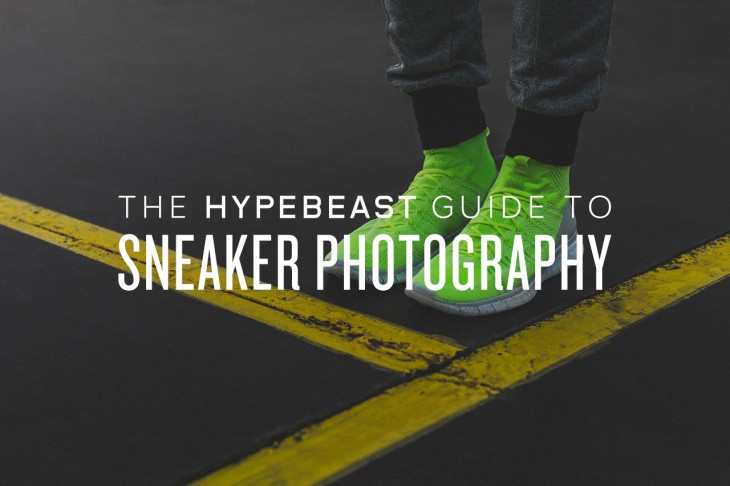
Whether you’re a professional or simply somebody that wants to share their latest pick-ups, everybody can benefit from higher quality imagery of their sneakers. Sometimes it’s easy to be uninspired or lack creativity when it comes to taking sneaker shots, especially when you feel everything’s been done. There are days at HYPEBEAST where we may shoot upwards of five to six pairs a day. However, given many of us have been lifelong sneaker fans, things could be worse.
The key is to keep it simple and clean. Simple and clean, meaning there is no need to do super complicated shots with crazy backgrounds. You should always master shooting kicks on plain backgrounds with standardized angles, just to perfect your control over your camera before you mess around with more dynamic shots. Photography should always be fun no matter what you are shooting. Props and styling go a long way, but everything should have a start point. The tips given are just basics to begin by; hopefully they are enough to help you develop your own shooting skills and style.
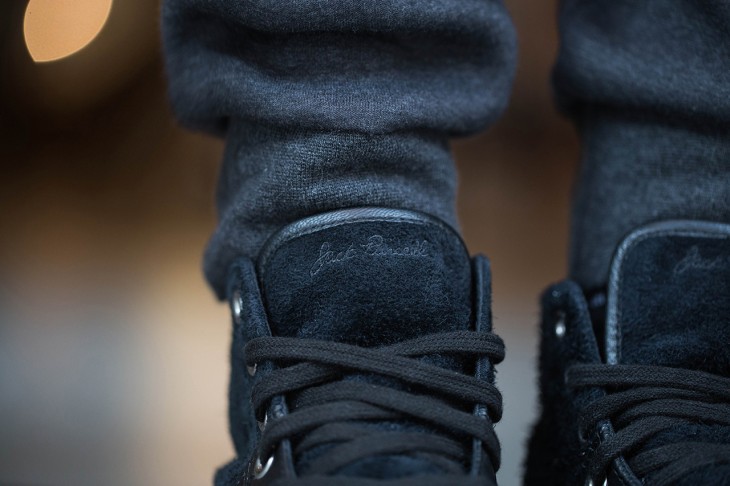
Laces, Laces, Laces
It’s always in the details. You can have the nicest shot of the latest shoe, but if you got a twisted lace or an ugly lace knot, your shot won’t look good. Take your time to have tidy laces and decide whether to have the them tucked in or tied

The Shape of the Shoe
If the shoe is to be shot on-foot, then there shouldn’t be a problem with the shape of the shoe. However if it is shot off-foot, then you should use a shoe tree. If you don’t have a shoe tree, plastic bags or scrunched up paper usually do the job. The shape of the shoe should look like there is a foot inside of it, so don’t overpack it, but give body to the toe box, tongue and arch of the shoe. It is important that both shoes (left and right) are symmetrical in shape and that the laces are matching.
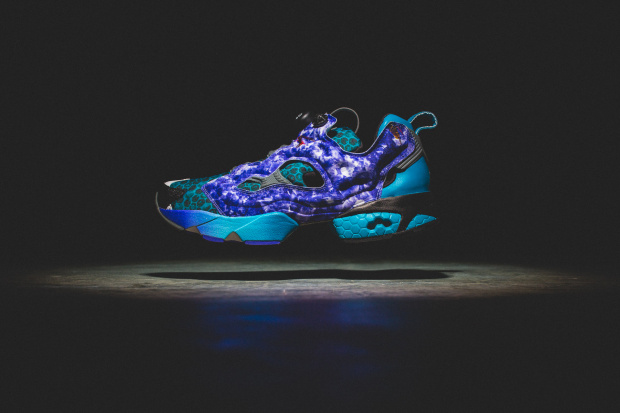
Lighting
If we shoot in a studio, this can get more complicated, but for general lifestyle street vibes, we usually rely on good natural light. If we want the shot to be more moody, we find some interesting shadows that can fall on the shoe. Either way the light on the sneaker should be even, so as not to hide any details. Generally the early morning or late afternoon are the best. In between those times, the sun is often too strong and can cause sharp shadows.
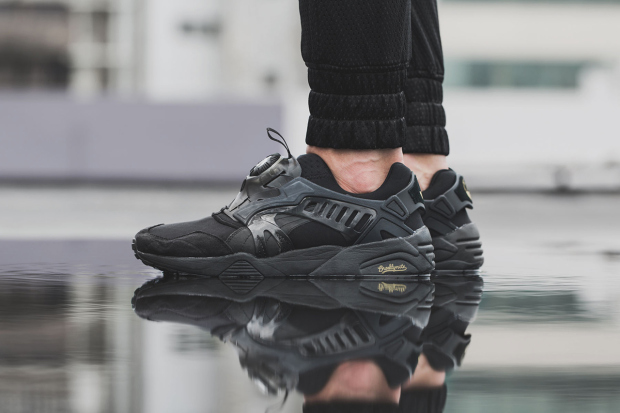
The Importance of Location and Background
Find a background with a color that doesn’t clash with the shoe. There are cases where having the same color background as the shoe works, but normally having a different color allows the shoe to “pop” more. This isn’t rocket science: basically if it is a dark-colored shoe, find a lighter, more neutral-colored background, and if it’s a light colored shoe, find a darker contrasting color. Try to avoid backgrounds where there are objects that obstruct the shoe. For example, trees, lampposts and barriers. You want the shoe to have negative space around it, just so that no attention is taken away from the shoe.
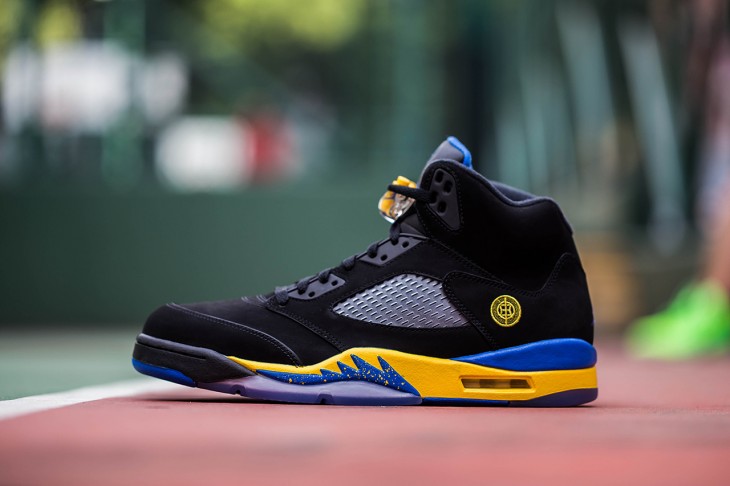
The Angle
There are many different angles you can shoot, but the most used and clear angle is the side profile. The height you take a side shot from should be at eye-level, so unless the shoe is on a raised platform (e.g. table or chair) you will need to get on ground-level. If you are taking a side shot, then the top of the shoe should not be visible – the silhouette of the shoe should be clear. Sometimes we make the second shoe pop out a little bit behind the first shoe a little bit to give the photo some more depth-of-field. Top-down shots are generally a good option for low-cut shoes as well.
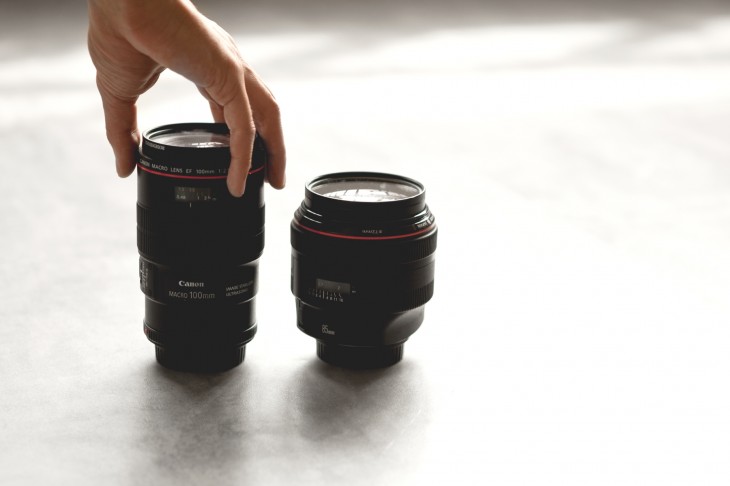
The Lens Selection
Depending on what camera you use, the outcome can be very different. When shooting kicks some of our favorite shots usually come from a full-frame camera and a fast prime lens. Primes unlike their zoom counterparts allow you to properly isolate the subject and the background thanks to large apertures absent on zooms. Three of the most popular and widely used primes lenses and their focal lengths for their sneakers are generally the 35mm, 50mm, and 100mm (macro) lenses. To ensure sharpness, a quick an easy tip is to choose a shutter speed based on your focal length. If you’re shooting with a 50mm, assume a minimum shutter speed of 1/50. If you’re shooting with a 100mm, shoot 1/100 or faster. Some lenses have image stabilization but this is a trick that generally works across all situations.

The Camera Settings
One important thing to take into account is that everyone works differently. If you are a serious photographer or you are just using your smartphone, how you set your camera will be different. I work in manual mode, and typically start off with an average shutter speed of 160, aperture at 1.8 and I adjust ISO level at 100. This is our “zero” and we adjust ISO levels and the shutter speed according to the lighting. I keep my aperture at f/1.8 just so that I get sufficient bokeh in the background, but the shoe should stay in good focus. If I am shooting a flat image e.g. a top-down shot of the sneakers on the floor. Then I crank up the aperture because there is no need for depth-of-field and you’re looking for uniform sharpness. Like I said there isn’t one way to shoot sneakers, you don’t have to have creamy bokeh in the background, this is just our personal preference. For night time shots, we usually shoot wide open, but you have to ensure you have even sharpness when shooting under these conditions.
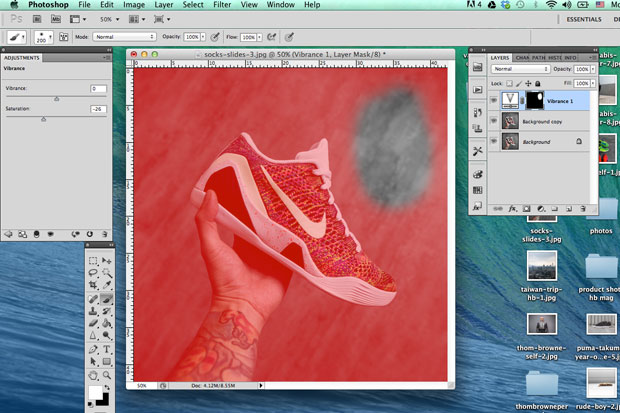
The Importance of Post Processing
Editing is just as important as the shot itself. For HYPEBEAST our kicks need to look clean, so we’ll spend time cleaning up dust particles or anything that isn’t supposed to be there. Unfortunately the quality for shoes isn’t always the highest, so even poorly made shoes will take some editing. If there is any glue showing we’ll clean it up.
If the tone and colors require tweaking, we’ll edit those too. If the background was a cement wall and it had a bit of a yellow tinge in it, we would desaturate it a bit to make it more grey. It shouldn’t be overly complicated, these are just things to make the whole image look cleaner.
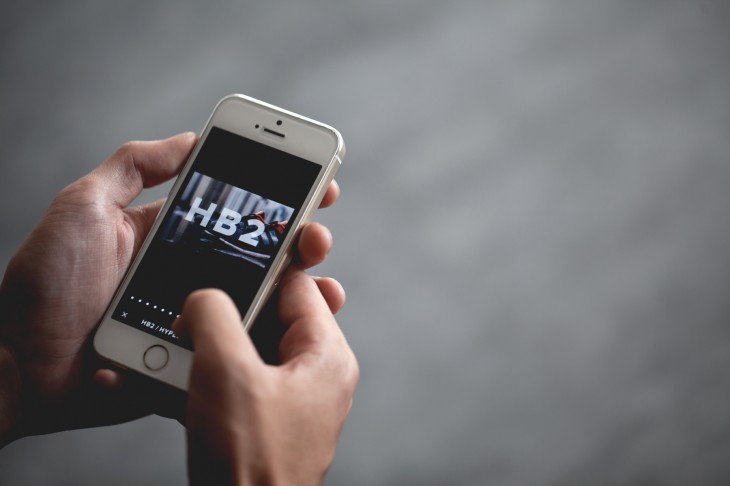
To Filter, Or Not to Filter
This for us is just the cherry on top; most VSCO filters can be done in Photoshop, but VSCO has become a huge part of our workflow. Depending on the mood we’re trying to attain, every so often we’ll finish edits with it. HB1 and HB2 were developed by HYPEBEAST with sneakers in mind, so nine times out of 10 I throw my sneaker shots through them.
[Source: HYPEBEAST]







